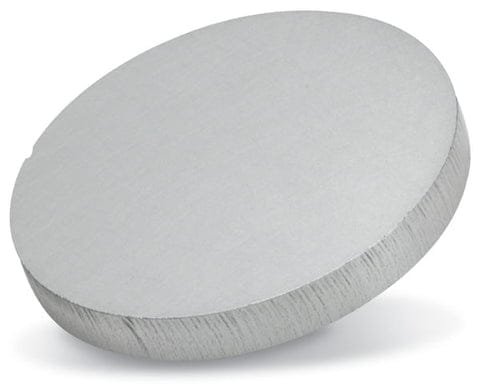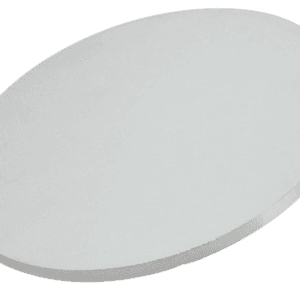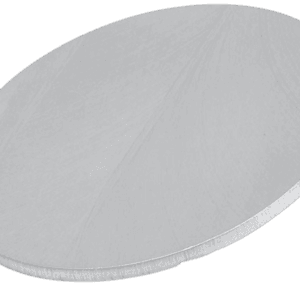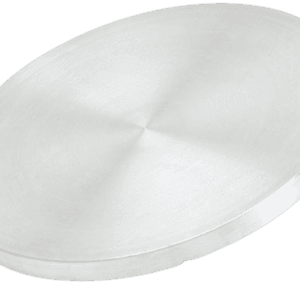Molybdenum Sputtering Target Description

Molybdenum sputtering targets possess the same characteristics as their source materials, whether pure molybdenum or molybdenum alloys. Molybdenum is a silvery-white, extremely hard metal with a melting point of 2623°C (4753°F), making it one of the highest melting points among natural elements, surpassed only by tantalum, osmium, rhenium, and tungsten. Additionally, molybdenum has one of the lowest thermal expansion coefficients among commercially used metals.
Molybdenum targets boast nearly 100% density, enhancing the conductivity of the layers they create. SAM is renowned for producing high-purity sputtering target materials with maximum density and minimal grain size, ideal for PVD, CVD, APS, and VPS coating processes. This results in faster processing due to increased sputtering speeds.
Molybdenum Sputtering Target Specification
| Material Type | Molybdenum |
| Symbol | Mo |
| Color/Appearance | Grey, Metallic |
| Melting Point | 2,617 °C |
| Sputter | DC |
| Type of Bond | Indium, Elastomer |
| Comments | Films smooth, hard. Careful degas required. |
| Density | 10280 kg/m3 |
| Available Sizes | Dia.: 1.0″, 2.0″, 3.0″, 4.0″, 5.0″, 6.0″ Thick: 0.125″, 0.250″ |
We also offer other customized shapes and sizes of the sputtering targets; please Contact Us for more information.
Molybdenum Sputtering Target Applications
Planar and Rotary Molybdenum Sputtering Target
Molybdenum Sputtering Target Bonding Services
Specialized bonding services for Molybdenum Sputtering Targets, including indium and elastomeric bonding techniques, enhance performance and durability. Thin Film Materials (TFM) ensures high-quality solutions that meet industry standards and customer needs.
We also offer custom machining of backing plates, which is essential for sputtering target assembly. This comprehensive approach improves target design flexibility and performance in thin film deposition. Our channels provide detailed information about bonding materials, methods, and services, helping clients make informed decisions.

Packaging
Get Contact
TFM offers Molybdenum Sputtering Targets in various forms, purities, sizes, and prices. We specialize in high-purity thin film deposition materials with optimal density and minimal grain sizes, which are ideal for semiconductor, CVD, and PVD applications in display and optics. Contact Us for current pricing on sputtering targets and other deposition materials that are not listed.


 MSDS File
MSDS File



Reviews
There are no reviews yet.